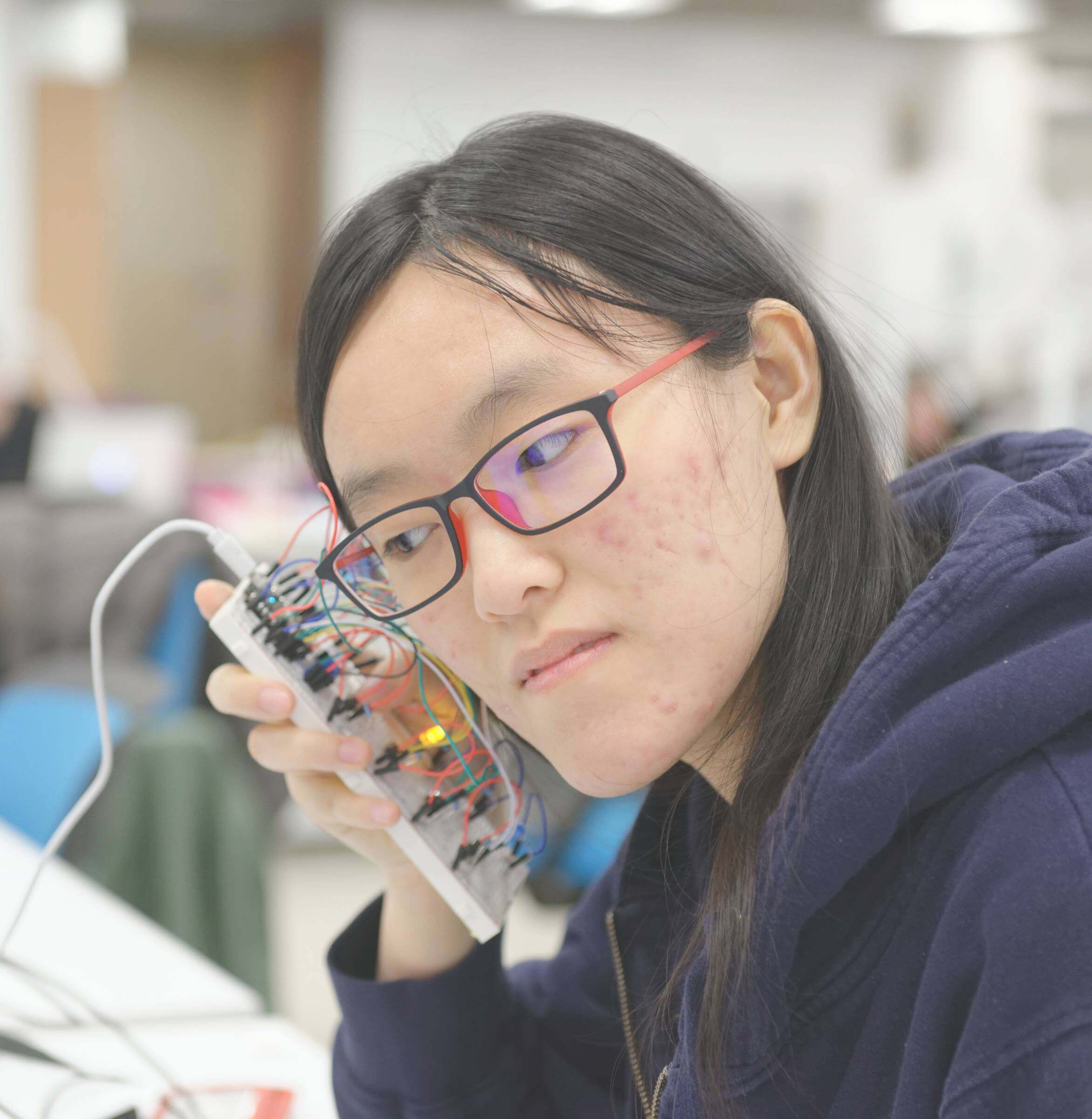Step 5: Remove Barriers
Step 5: Remove Barriers and Pave the Intent-to-Effect Pathway Within Your Organization
Expanding design’s role to provide efficacious leadership on the Intent-to-Effect Pathway requires the adoption of new behaviors and competencies—always an exercise in courage.

Clarify language.
The lack of a clear, consistent terminology that defines “design” leaves designers themselves confused. The distinctions among different design activities and those who perform them have never been sufficiently recognized. Rather than work together to create a common vernacular that everyone can understand and benefit from, the tendency toward fractured language has only made matters worse. For example:
Big “D” design versus little “d” design perpetuates the false idea that strategy roles are more important than the specific Producer roles in the Intent-to-Effect Pathway. That’s just not true. Without Producers, nothing would ever make it to market. The fact is, all roles in the Intent-to-Effect Pathway contribute something essential to realizing an organization’s vision with purpose and meaning. This ethic of shared responsibility—and commendation—reflects the trends already discussed in this report.
The continued use of newer and more specific design terminology (organizational design, rural design, design ops, etc.) and the constant ad hoc codification of design processes. (Every organization has its own process and yet they all are the same.) Designers tend to create titles and specialties when they feel misunderstood. Or they create proprietary processes to try to stand out with distinction. All this mindset accomplishes is confusion, particularly for non-designers. It’s time for design to do the hard work of clarifying the critical commonalities across the discipline; designers must outline how design’s different specialties can work together in navigating the Intent-to-Effect Pathway and creating functional value. To achieve its full potential, design must professionalize itself. The fragmentation that exists in the industry today is helping no one.

Understand the business.
Perhaps the most painful truth that designers must face up to is that they do not have all the answers for solving an organization’s problems. This attitude and ego prevents designers from gaining the trust and understanding of the very people whose collaborative participation is most needed for the organization to successfully travel the Intent-to-Effect Pathway.
Just as designers have been trained to have empathy for the user (customer), now they must be willing to show the organization and its people just as much respect, consideration, and appreciation for their perspectives. Design must become more humble, honest, and win-win–minded in order to reach its maximum potential and scale within organizations of the future.

Assess impact.
Related to the need for improved business acumen and empathy is a need for designers to fully understand the nature of the outcomes that determine success. Outcomes must ultimately result in revenue and/or social impact.
Metrics such as the volume of design requests coming from the organization, numbers of designers on staff, design awards received, etc., are good leading indicators of value. However, these metrics alone don’t translate to impact.
Designers must be more intentional about establishing the metrics for their projects when an initiative launches. A lack of rigor in metrics inadvertently positions design to be in a continual state of defense, having to lobby for its ongoing value to the organization.
However, well-defined and managed metrics that can be tracked and continually noted bolster design, and its value. Design becomes that partner that consistently and reliably closes the gap (in an accelerated fashion) in the Intent-to-Effect Pathway. We need to educate designers on how to create and manage impact measures on the work that they do.
“Design practitioners and design thinking practitioners have a nomenclature problem. They put people off by their names. There are a lot of words that design tries to use to differentiate from other specialties. I get it. But design is also trying to cross specialties. So if you’re going to do that you have to be really careful of the words you use.”
“You’re holding a great vision in your head. Others aren’t there yet. In order to keep that thing alive, to be passionate about it, you might have a little ego around it. That’s okay. But, if you can be self-aware, that’s really important. You need to be patient with your counterparts. And, very often, you need to start with understanding: What does the person that I am trying to engage care about? What are they currently rewarded for, and where can I help? Designers have to know that you earn the right to give critical feedback.”
“I think our design team is much more fluent with the basics of research. So, when I think about how they’re thinking about ensuring their design is what it should be, they’re looking at usability. They’re looking at more qualitative interviews. Understanding metrics or how to measure metrics or what we should be measuring is kind of a deficit right now.”